OUT OF SPARE CAPACITY
In mid-May, when some places in Ho Chi Minh City had power outages, the press asked the electricity industry if it was the rotating power outage season. Ho Chi Minh City Power Corporation and Vietnam Electricity Group (EVN) confirmed that they were only fixing technical problems... and the power outage schedule for the following days was also postponed. Since then, the electricity industry nationwide has been "struggling" to cope with... power outages. Luckily, the South is also in the rainy season, the weather is much cooler and the pressure of power shortages has also decreased.
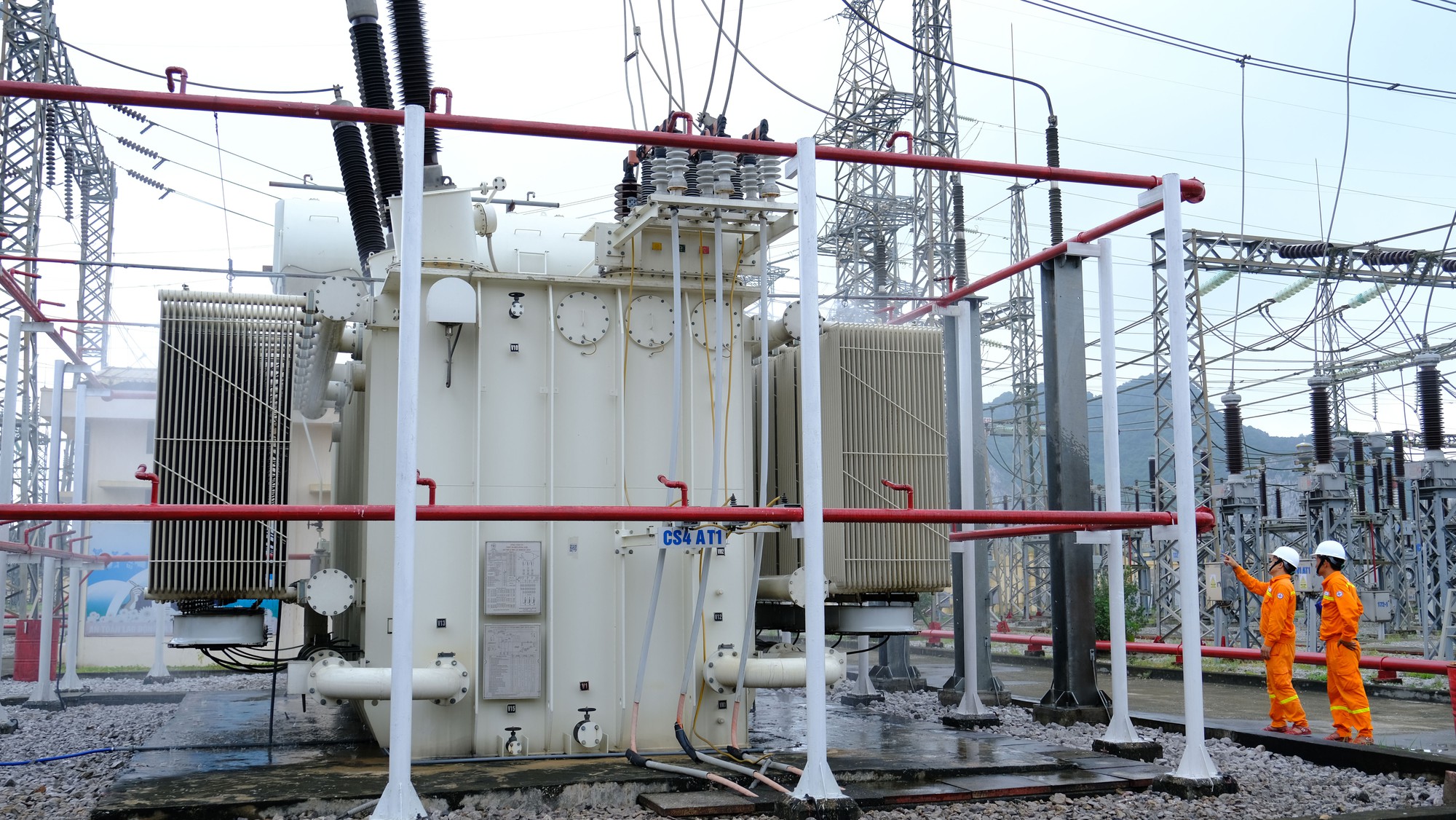
The risk of power shortages does not only occur during these hot months.
However, in the North, El Nino has left more serious consequences. Water sources in hydroelectric reservoirs are at dead water levels, thermal power plants are constantly having problems due to overload. In Hanoi and the northern provinces, power cuts are not only rotating for 1-2 hours but in some places from half a day to a whole day. In localities that consume a lot of electricity for production, priority is given to production during the day, and only at night is it provided to people. But the power shortage in the North is not only due to the weather.
The electricity supply in the North currently relies mainly on hydropower and thermal power, but both of these sources are facing problems. The average mobilized hydropower output has decreased by half compared to last year, reaching only 12-15% of generating capacity. Therefore, the widespread power shortage in this region is understandable.
Mr. Tran Viet Ngai, Chairman of Vietnam Energy Association
According to statistics from the National Power System Control Center, in 2022, the national power system will have 360 plants in operation (excluding small hydropower plants), with a total capacity of 80,704 MW. However, this is only the installed capacity, while the available capacity (actual mobilization) is completely different, especially when the weather is hot and dry like in the past. 12/12 large hydropower reservoirs in the northern region have reached the dead water level, which means that the actual mobilized electricity capacity will decrease sharply.
EVN said that as of June 3, hydropower resources were 5,000 MW short. In addition, data shows that wind power resources this year only mobilized 20% of the installed capacity.
On June 7, speaking with Thanh Nien , an EVN representative said: "In fact, the available capacity of the national power system at many times is lower than the demand. Meanwhile, the power system is always in a state of no reserve capacity. The pressure is even greater when EVN is ready to mobilize high-power sources such as oil-fired thermal power to overcome the power shortage, the cost of oil-fired thermal power is not low, about 4,000 VND/kWh". Hydropower in Vietnam in general is considered to have basically exploited all locations, capacity, and renewable energy in the North has almost not changed recently. If the hot weather continues, the power shortage in the North will be more serious. Thus, the power shortage will be overcome in the short term, according to the promise of the Ministry of Industry and Trade in early June, but when will it be overcome?
11 hydroelectric reservoirs have run out of water and must stop generating electricity.
D PROJECT STOP DUE TO DELAY IN PLANNING ISSUANCE
Mr. Tran Viet Ngai, Chairman of the Vietnam Energy Association, said frankly: Power shortage will no longer be a concern this year but a problem for the following years. The lack of reserve power capacity has been warned for a long time, but the delay in issuing the Power Plan 8 has caused everything to "standstill". For many years, in the north, there have been almost no new power projects invested in while according to calculations, the power system needs to add 3,000 - 4,500 new MW each year.
"A number of thermal power projects in the revised Power Plan 7 have not been implemented for various reasons. Many localities have not accepted thermal power projects in their provinces, and some projects have encountered difficulties in capital. Dozens of LNG projects have been added to Power Plan 7 but have not yet completed investment preparation. More importantly, offshore wind power projects expected to have very large capacity, with a plan of up to 7,000 MW by 2030, have not been implemented due to policy problems," Mr. Ngai cited and added: Power Plan 8 has been slow to be issued, but after being issued, there are still no instructions, so the investment in implementing 500 power transmission projects is also at a standstill.
Dr. Tran Van Binh, an energy expert, analyzed further: "The Power Plan 8 sets out the investment target for developing power sources and transmission grids in 10 years (from 2021 to 2030), now there are only 7 years left, there must be 1.5 billion USD per year for investment. That is, each year needs 40,000 billion VND, in reality, the disbursement in 2022 is not even half of that amount, only about 16,500 billion VND. Second, everyone thinks that let the private sector do transmission, if it is opened, there will be investors to do it right away. The revised Electricity Law, which took effect in March 2022, allows this, but the law has been in effect for more than 1 year, and so far there has been no guiding decree. Not to mention that after the decree, there is a circular, so when will private investors participate in investment without being stuck first, stuck later? Currently, private investors build transmission lines mainly to serve the transmission of electricity from their factories to the connection points of the EVN (which is not included in the electricity planning, so it is unknown when it will be invested) mainly sells electricity.
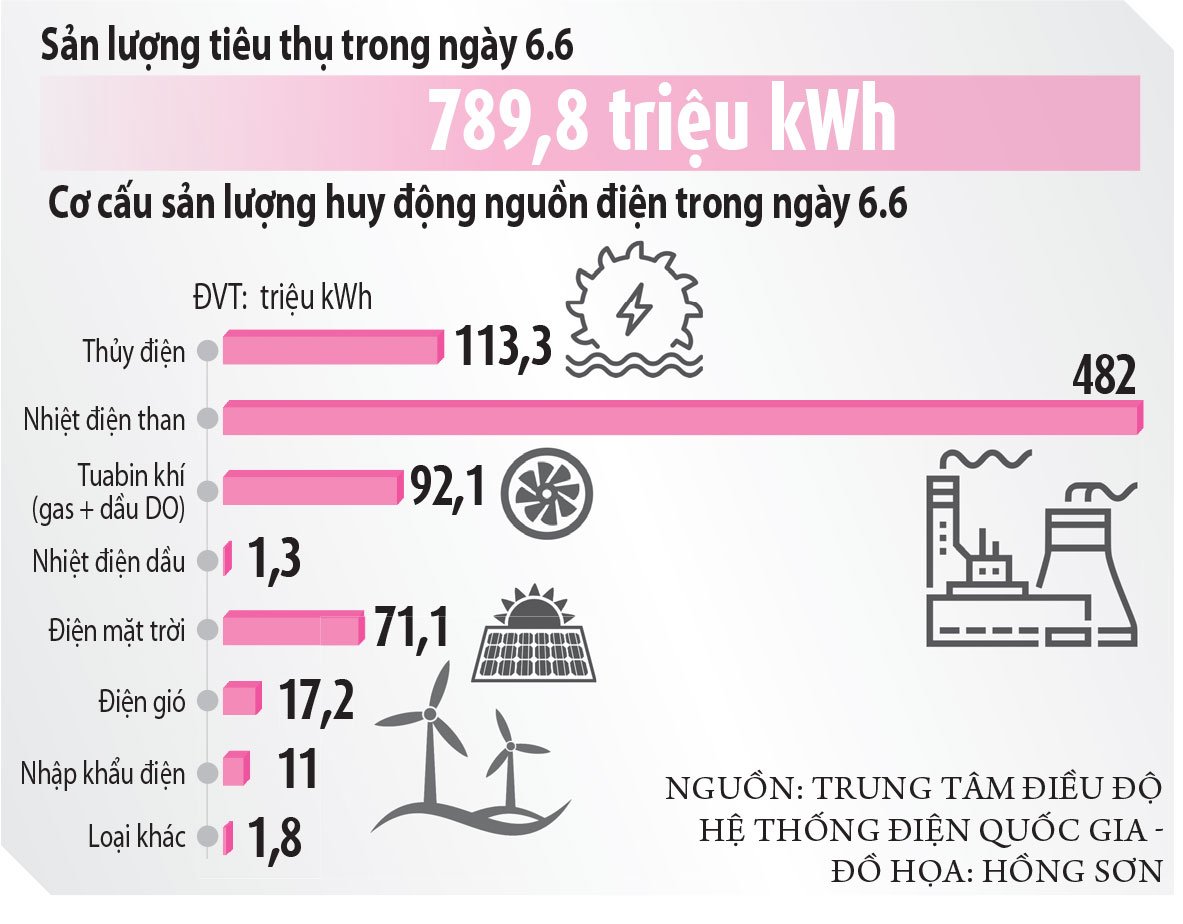
"The Power Plan 8 stipulates that EVN will only invest in power source and transmission grid projects according to assigned tasks. But who assigned them and how they were assigned is still unclear. The plan has up to 500 power transmission projects, but there is no guidance on which projects require the state to invest in and which projects allow private participation, so everything is still at a standstill. Suppose that after the work is assigned and investment is called for, the time to set up the project and apply for a license will take many more years. Therefore, the power shortage is not a story of 3 hot months but a prolonged risk when the implementation policies are too cold," Dr. Tran Van Binh shared.
Mr. Tran Viet Ngai calculated: In the period of 2019 - 2021, more than 20,000 MW of renewable energy will be added to the national power system. The rest of the power sources are not much. This year, only 1,200 MW of Van Phong 1 coal-fired power plant will be in operation, after that there will be no additional sources large enough to make up for the lack of electricity.
Quick view 20h: Panorama news
Source link






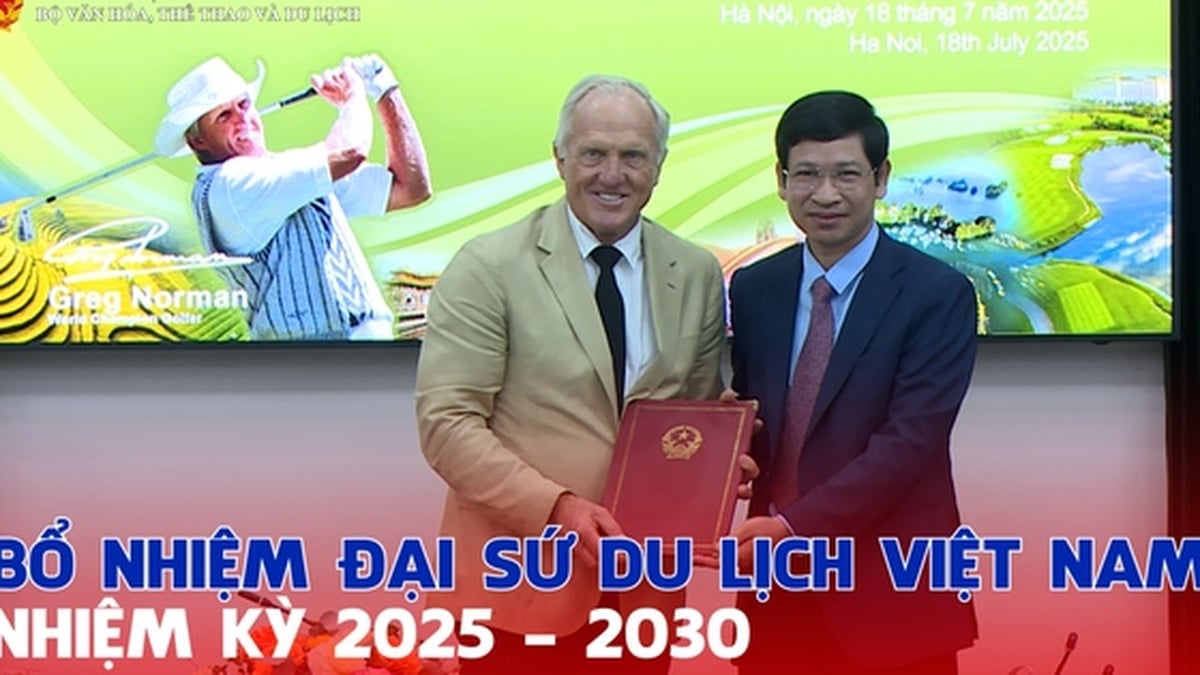
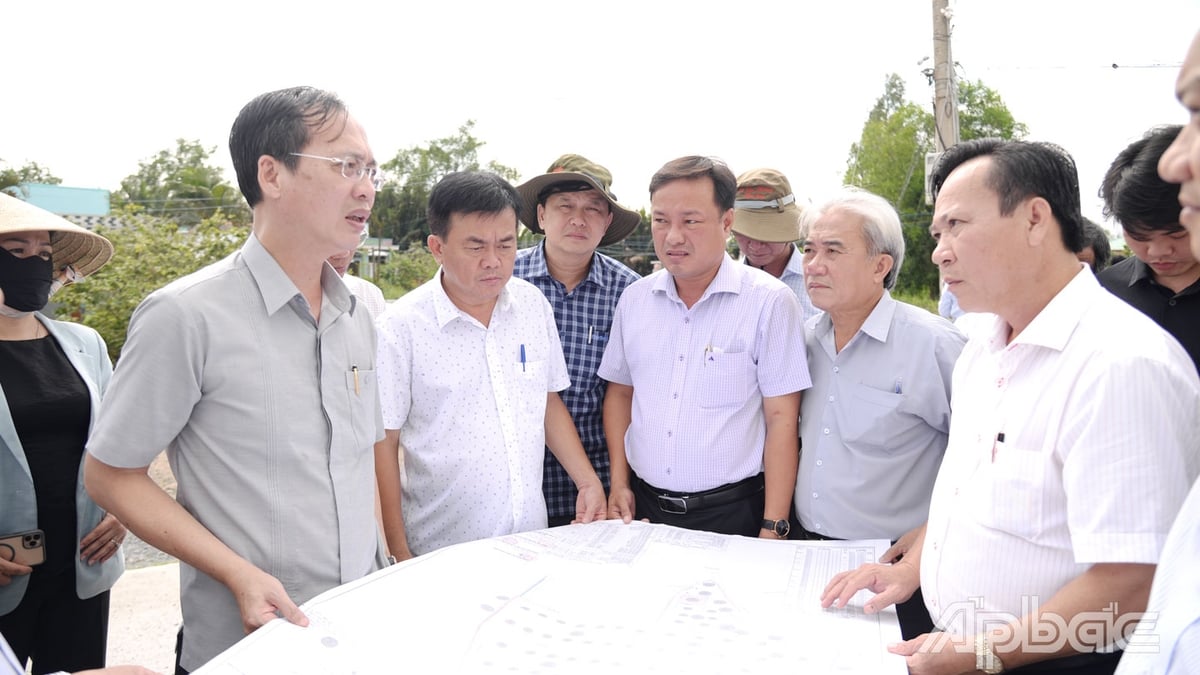
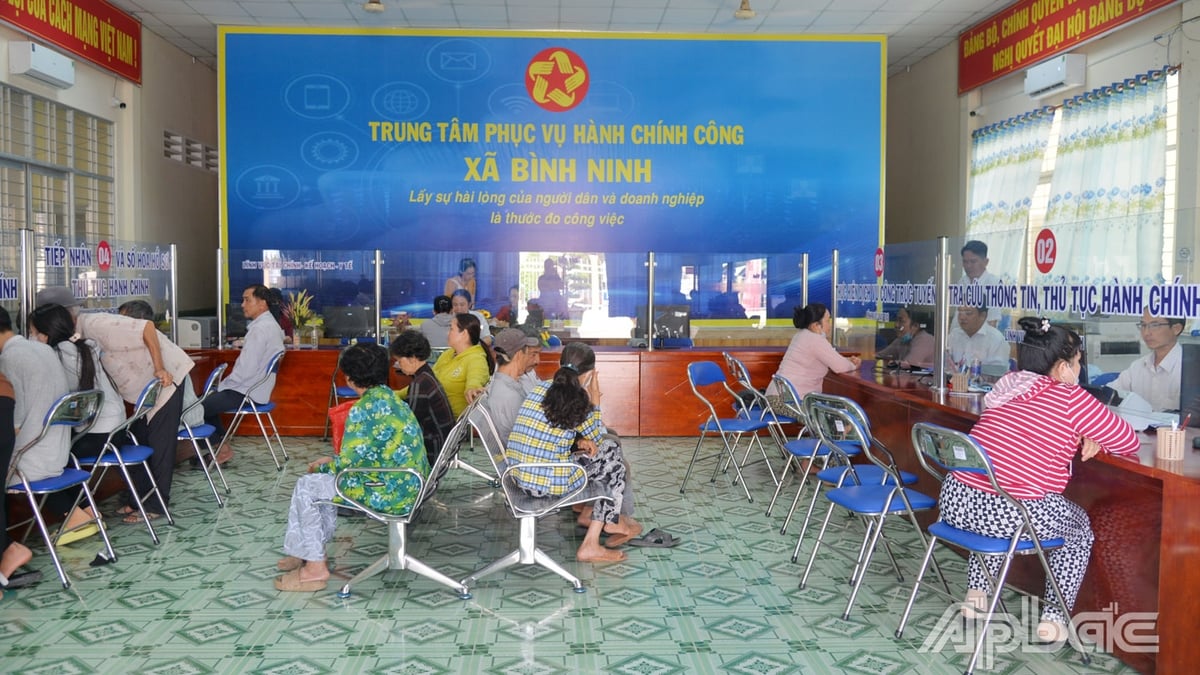

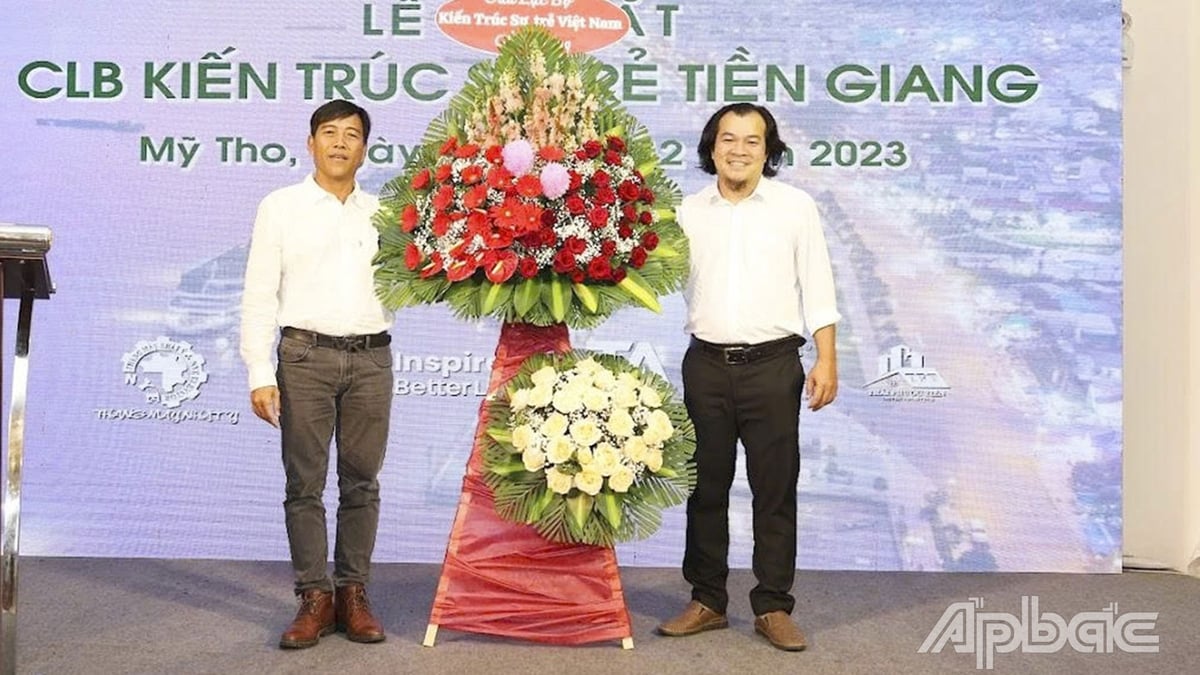
























































































Comment (0)